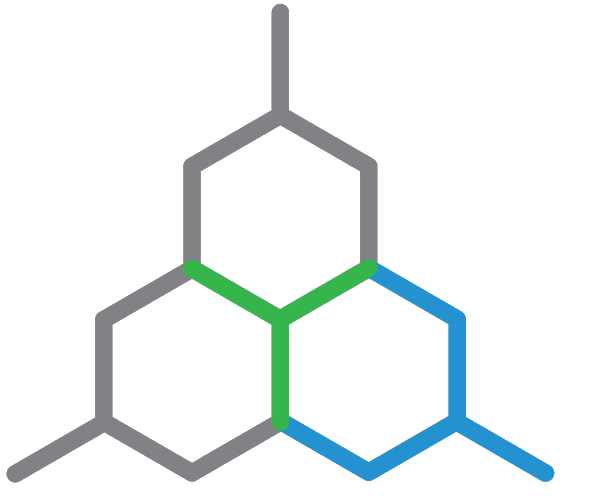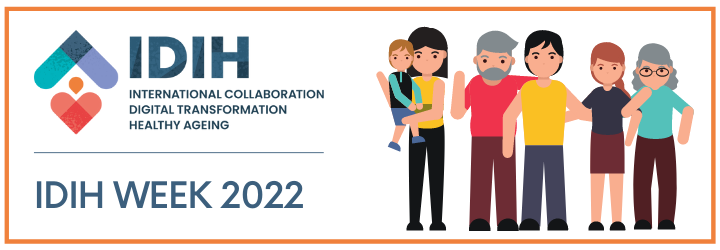IDIH Week 2022 | USA Regional Workshop Results: Data Governance
In this mini-series, we will be taking a look back at the IDIH Week 2022 USA Regional Workshop, titled The Impact of COVID-19 on the Shared Priorities for International Cooperation in Active and Healthy Ageing, with a different blog post devoted to each of the three common priorities that were refined throughout the IDIH project: Interoperability by Design, Data Governance, and Digital Inclusion. Each topic will be sorted into three sub-sections: Current Status, Obstacles, and Opportunities. Today’s blog post has us exploring the workshop results for Data Governance.
To read more about the background of this series, please take a look at the first blog post, and to read about Interoperability by Design, please click here.
To begin the session, the panelists were provided the statement created throughout the IDIH sessions for Data Governance: To foster a shared understanding of the determinants of healthy ageing through new/existing multi-modal and forward/backward longitudinal studies and Big Data analytics based on the use of multiple data sources (such as patient reported data, patient validated data in EHRs, biometrics and biological data), validated with and by patients through personalised-medicine approaches and according to a shared international validation framework which also addresses cybersecurity aspects.
Current Status: As seen in last week’s post about Interoperability by Design, we saw aspects of research and international standards and validation frameworks in the summary statements for both data governance as well as interoperability by design. What this has resulted in is the convergence of data streams, which had typically been flowing unidirectionally, in both the pharmaceutical and life sciences industries.
Obstacles: As it stands, information flow tends to be one way, without, as mentioned for Interoperability by Design as well, incentives for the data collectors to share what they have. Additionally, because the data these entities have may not be as readily available to innovators or those working with the target patient populations, there remains challenges in translating the data into care and use in the elderly community, beyond research, academic, and physician use. However, as the data becomes more publicly accessible, challenges surrounding the line between data being helpful and useful versus the oversharing and overuse of data become more prevalent, so there exists the need for further understanding and consideration for how to navigate or best use “red flag” indicators that may be seen with this influx of data. As digital health innovations become more and more commonplace and exist alongside traditional health care, it is important, as mentioned by Dr. Salomon, to ensure that what physicians and health care professionals are taught in their professional and post-secondary education settings keeps up, and that what they are taught about data and its use is consistent with its real-world implementation.
Opportunities: While information flow currently tends to be unidirectional, the innovation and progress possibilities are great should the data become more accessible to the innovators and think tanks. An idea brought up by Deven McGraw was to encourage data gatherers to share what they have to public “commons”, with reimbursements as incentives. In this way, the data may be able to become more seamlessly integrated and translated across stakeholder groups, so that the most directly impacted patients, such as the elderly and their caretakers, can better use the data and/or digital health solutions to improve health outcomes. As this data begins to be shared more easily between stakeholders and as health outcomes improve, it is important, as discussed by the panelists, to remember that, while progress is being made to make health care more accessible at home through the use of remote monitoring, telehealth, and other in-home innovations, remote care is still substantially different than in-person visits in health care settings. Thus, there still exists need for better understanding and considerations for what information trackers are needed in order to make remote care more comparable to in-person visits. Here is where AI (artificial intelligence) has the opportunity to have a significant impact, as mentioned by Nancy Finn. Here, we look forward to the impact of AI on data understanding in the government.
Please keep an eye out for the mini series’ next blog post, exploring the results of the Regional Workshop around Digital Inclusion!
If you would like to watch the recording of the Workshop, please click on the IDIH Week banner at the top of this post, or check it out here.

